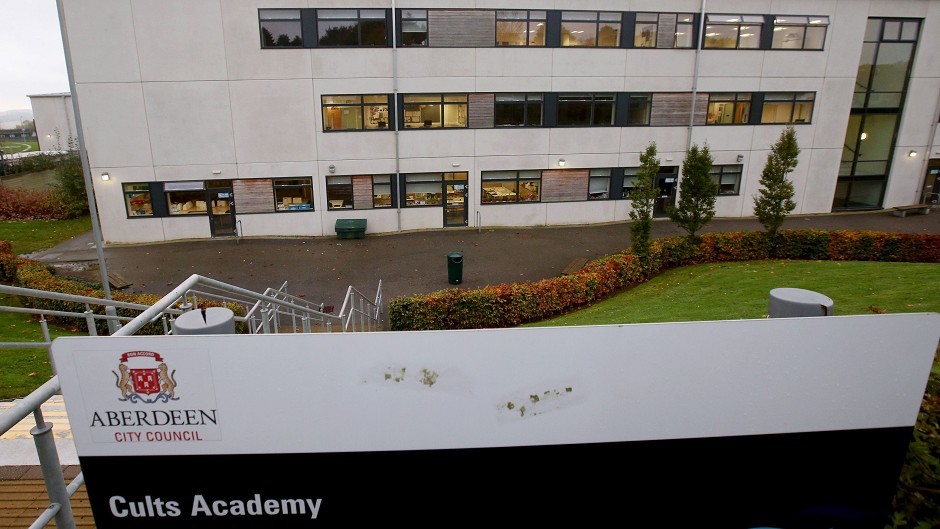Aberdeen City Council still owes a staggering £412million for the construction of ten schools between 2009 and 2011.
The work was done under the controversial Private Public Partnership arrangement, whereby developers pay construction costs up front and charge local authorities an annual fee in return.
Figures obtained under Freedom of Information legislation has shown the amount owed has increased by more than £10million in the last six years from £4.2million in 2009-10 to £14.3million in 2014-15.
The “reorganise, renovate and rebuild” scheme was unveiled in 2006 and was expected to cost £110million.
The following year, the NYOP consortium, comprising Nysir, an Icelandic property company, Operon, a UK facilities management firm, and Pihl, one of the largest contractors in Denmark, was appointed by the council to lead the scheme.
In November 2008, the global financial crisis almost derailed the scheme when the Icelandic bank funding the project collapsed, leading to months of uncertainty and emergency loans from the council.
The issue of PPP contracts has been back in the spotlight recently after 17 schools in Edinburgh, built under the scheme in 2006, were forced to shut down.
Earlier this week, ten Aberdeen schools were inspected by engineers to check for problems.
The capital city paid more than £61million in the last year and has over £500million to pay.
Glasgow has also relied a lot on the contracts – paying out just over £52million in the last year and still has more than £783million to pay.
Last night, the council’s finance chief Willie Young said the soaring costs were due to decisions taken by the previous administration.
He said: “Aberdeen City Council built 10 schools using PPP under the SNP, then there was a big problem with the Icelandic Bank.
“There are many ways to build new schools, we are choosing to build them with our own money, because you have better control over it.
“It is disingenuous for the SNP to blame problems of PPP on us as they borrowed on it in administration.”
He added: “We said at the time it was the right decision for the city, but there is always a cost.”
However, Callum McCaig, MP for Aberdeen South and the council leader of the previous administration, said there had been value for money on the schools.
He said: “Councillor Young did not oppose these schools and has at times tried to take credit for them.
“What we got is 10 state of the art schools replacing schools that were literally crumbling and would have cost a fortune to maintain.”
He added that the local authority had opted for a different model to its troubled Edinburgh counterpart.
He said: “The difference between Edinburgh and Aberdeen is that we used a not-for-profit method which means that any excess profits are reimbursed and can be used for charity.”
